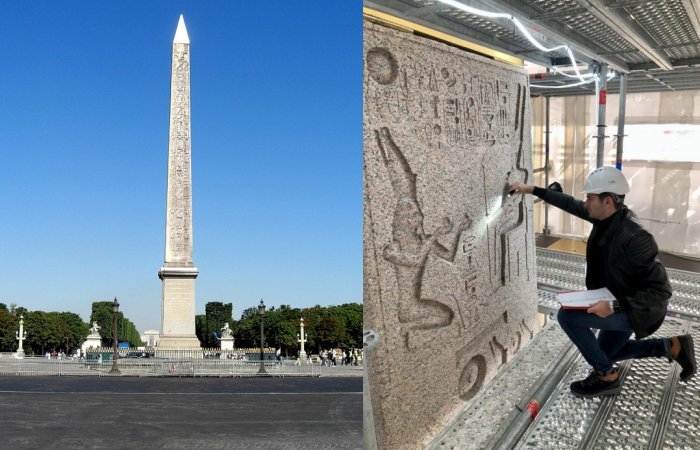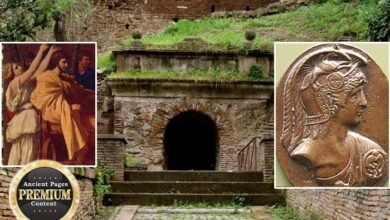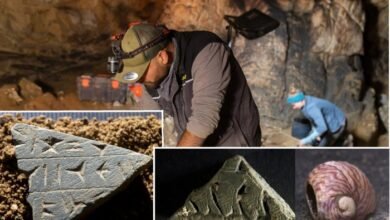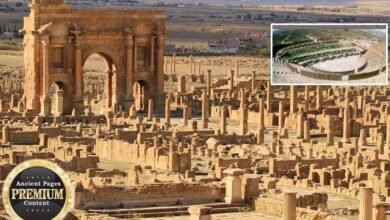Crypto-Hieroglyphs Deciphered – Previously Unknown Message Discovered On The Luxor Obelisk In Paris

Jan Bartek – AncientPages.com – The obelisk situated in the Place de la Concorde in Paris was brought to France from Luxor, Egypt. It was one of two obelisks gifted by the Egyptian government to France in the 19th century. However, only one made it to France due to the logistical challenges and weight constraints of that era’s technology.
Luxor obelisk in Paris. Credit: Craig Booth – CC BY 2.0
This ancient monument is adorned with hieroglyphics celebrating Pharaoh Ramesses II’s reign. Recently, a significant discovery was made regarding this historical artifact. Jean-Guillaume Olette-Pelletier, an esteemed professor at both the University of Paris-Sorbonne and the Catholic Institute of Paris, specializes in Egyptology and crypto-hieroglyphics. He announced that he had deciphered previously unknown texts on the obelisk.
Professor Olette-Pelletier revealed that these inscriptions provide insights into Pharaoh Ramesses II’s reign and identified at least seven hidden texts on this over 3,300-year-old structure.
The scene depicts the angle at which noble boats approach the Temple of Luxor. Credit: Jean-Guillaume Olette-Pelletier
This intriguing journey began during the COVID pandemic lockdown in 2020 when Professor Olette-Pelletier took daily walks within a one-kilometer radius around his home and closely studied the Luxor obelisk in Paris.
One day, while reading the hieroglyphs, he noticed something unusual.
“I was living in the 8th arrondissement at the time, so I would walk there and read the hieroglyphs on its faces to relax,” recalls Professor Olette-Pelletier. “At one point, I noticed something unusual: the direction of the hieroglyphs indicated the direction of the entrance to the portico of the Luxor Temple. But that was only the beginning.”
Professor Olette-Pelletier understood this was an important discovery, and he suspected that the monument erected by Pharaoh Ramses II might contain secret messages. However, to confirm this hypothesis, it was necessary to examine the red granite monolith closely.
Jean-Guillaume Olette-Pelletier rushed home to check the scientific literature for any publications on the subject.
“I noticed that no one had ever discussed the differences between the scenes, so I spent several days there with my epigraphist’s equipment, including my binoculars.” What the expert discerned was beyond the grasp of any Egyptologist who knew how to read hieroglyphs. “I understood that the obelisk contained multiple hieroglyphic cryptography.” In other words, the Parisian column concealed several secret messages.
The encrypted message instructs the viewer to appease the gods with offerings. Credit: Jean-Guillaume Olette-Pelletier
Only six Egyptologists in the world can read crypto-hieroglyphs, and Professor Olette-Pelletier is one of them. Discovered in the 1950s by Canon Étienne Drioton, these hieroglyphic cryptographies are a type of rebus or secret text embedded in the hieroglyphic inscriptions. “While some Egyptians could read hieroglyphs, only a certain elite could understand the hidden messages they contained, considered a language of the gods,” explains the specialist.
He obtained authorization from the cultural affairs department to examine the ancient signs, and notably, he became the first Egyptologist since Champollion to reach the summit of the Egyptian obelisk. This achievement was a pivotal moment that allowed him to decipher the encrypted messages contained within its hieroglyphs.
The west face was crafted for nobles arriving via boats on the Nile, while the east face, initially facing towards the Sahara desert, features subtle bull horns in Ramses II’s headdress. These horns symbolize ‘ka,’ representing divine vital force in hieroglyphics.
Professor Jean-Guillaume Olette-Pelletier. Credit: Jean-Guillaume Olette-Pelletier
Understanding the early reign of Ramses II requires considering the historical context, as highlighted by recent research. Born before his father, Seti I, became pharaoh, Ramses II worked diligently to legitimize his rule during his initial years as king. In ancient Egyptian tradition, the Pharaoh was seen as a god on earth and a successor to Horus, responsible for producing an heir to govern Upper and Lower Egypt. However, since Seti I ascended the throne when Ramses II was already an adolescent, he missed out on this divine birthright.
See also: More Archaeology News
One intriguing discovery made by Professor Olette-Pelletier includes a secret message with the phrase “Appease the ka-force of Amun,” referencing Amun, the Egyptian god of air. This phrase emphasizes humanity’s need to offer tributes to deities to calm their potentially destructive energies.
Another inscription on an obelisk serves as propaganda for Ramses’ complete authority.
Professor Jean-Guillaume Olette-Pelletier’s findings are considered groundbreaking within Egyptology circles and will be published in ENiM later this year, according to Sciences et Avenir magazine.
Written by Jan Bartek – AncientPages.com Staff Writer








